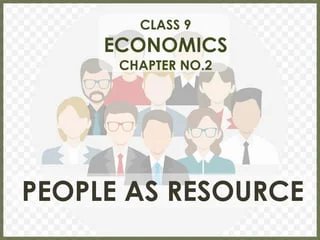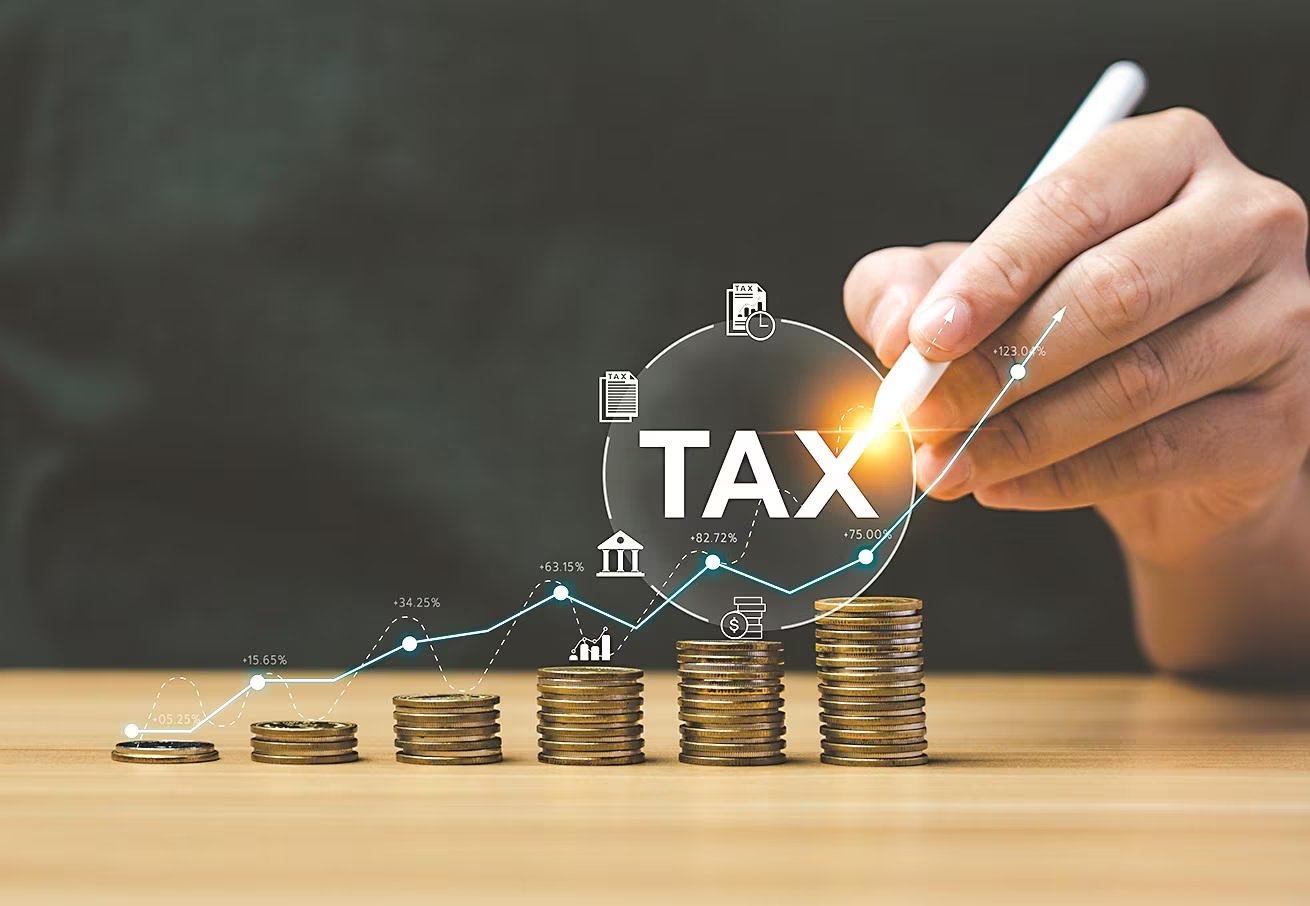Statistics for Economics : Introduction - Class 11
Statistics is the science of collecting, organizing, analyzing, interpreting, and presenting data. In economics, it plays a crucial role in understanding and analyzing various economic phenomena. Key Concepts: Data: Numerical or qualitative information collected for analysis. Variables: Quantities that can change or vary. Frequency: The number of times a particular value or category occurs in a dataset. Mean: The average value of a dataset. Median: The middle value in a dataset when arranged in order. Mode: The most frequently occurring value in a dataset. Range: The difference between the highest and lowest values in a dataset. Standard Deviation: A measure of how spread out the data is from the mean. Importance of Statistics in Economics: Understanding Economic Trends: Analyzing data helps identify patterns and trends in economic indicators like GDP, inflation, and unemployment. Making Informed Decisions: Statistical analysis provides valuable insights for policymakers, businesses, and individuals. Testing Economic Theories: Statistics can be used to test and validate economic theories and models. Forecasting Future Trends: By analyzing historical data, economists can make predictions about future economic conditions. Common Statistical Techniques in Economics: Descriptive Statistics: Summarizing and describing data using measures like mean, median, mode, and standard deviation. Inferential Statistics: Drawing conclusions about a population based on a sample of data. Time Series Analysis: Studying data over time to identify trends, seasonality, and cycles. Regression Analysis: Examining the relationship between variables to understand cause-and-effect relationships. In Class 11, students are introduced to the basic concepts of statistics and their application in economics. They learn about data collection, organization, and analysis. This foundation will be essential for understanding more advanced economic concepts and conducting research in the field. পরিসংখ্যান হল তথ্য সংগ্রহ, সংগঠিত, বিশ্লেষণ, ব্যাখ্যা এবং উপস্থাপনের বিজ্ঞান। অর্থনীতিতে, এটি বিভিন্ন অর্থনৈতিক ঘটনা বোঝার এবং বিশ্লেষণ করার ক্ষেত্রে গুরুত্বপূর্ণ ভূমিকা পালন করে। মূল ধারণাগুলিঃ তথ্যঃ বিশ্লেষণের জন্য সংগৃহীত সংখ্যাসূচক বা গুণগত তথ্য। পরিবর্তনশীলঃ যে পরিমাণগুলি পরিবর্তিত হতে পারে বা পরিবর্তিত হতে পারে। ফ্রিকোয়েন্সিঃ একটি নির্দিষ্ট মান বা বিভাগ একটি ডেটাসেটে কতবার ঘটে। গড়ঃ একটি ডেটাসেটের গড় মান। মধ্যবর্তীঃ একটি ডেটাসেটের মধ্যম মান যখন ক্রমানুসারে সাজানো হয়। মোডঃ একটি ডেটাসেটে সবচেয়ে ঘন ঘন ঘটে যাওয়া মান। পরিসীমাঃ একটি ডেটাসেটের সর্বোচ্চ এবং সর্বনিম্ন মানের মধ্যে পার্থক্য। স্ট্যান্ডার্ড বিচ্যুতিঃ গড় থেকে তথ্য কীভাবে ছড়িয়ে পড়ে তার একটি পরিমাপ। অর্থনীতিতে পরিসংখ্যানের গুরুত্বঃ অর্থনৈতিক প্রবণতা বোঝাঃ তথ্য বিশ্লেষণ জিডিপি, মুদ্রাস্ফীতি এবং বেকারত্বের মতো অর্থনৈতিক সূচকগুলির নিদর্শন এবং প্রবণতা সনাক্ত করতে সহায়তা করে। তথ্যপূর্ণ সিদ্ধান্ত গ্রহণঃ পরিসংখ্যানগত বিশ্লেষণ নীতিনির্ধারক, ব্যবসা এবং ব্যক্তিদের জন্য মূল্যবান অন্তর্দৃষ্টি প্রদান করে। অর্থনৈতিক তত্ত্বগুলি পরীক্ষা করাঃ পরিসংখ্যানগুলি অর্থনৈতিক তত্ত্ব এবং মডেলগুলি পরীক্ষা এবং যাচাই করতে ব্যবহার করা যেতে পারে। ভবিষ্যৎ প্রবণতার পূর্বাভাসঃ ঐতিহাসিক তথ্য বিশ্লেষণ করে অর্থনীতিবিদরা ভবিষ্যৎ অর্থনৈতিক পরিস্থিতি সম্পর্কে ভবিষ্যদ্বাণী করতে পারেন। অর্থনীতিতে সাধারণ পরিসংখ্যানগত কৌশলঃ বর্ণনামূলক পরিসংখ্যানঃ গড়, মধ্যমা, মোড এবং স্ট্যান্ডার্ড বিচ্যুতির মতো ব্যবস্থা ব্যবহার করে তথ্যের সংক্ষিপ্তসার এবং বর্ণনা করা। অনুমানমূলক পরিসংখ্যানঃ তথ্যের নমুনার উপর ভিত্তি করে একটি জনসংখ্যা সম্পর্কে সিদ্ধান্ত নেওয়া। টাইম সিরিজ বিশ্লেষণঃ প্রবণতা, মৌসুমীতা এবং চক্রগুলি সনাক্ত করতে সময়ের সাথে ডেটা অধ্যয়ন করা। রিগ্রেশন বিশ্লেষণঃ কারণ-এবং-প্রভাব সম্পর্ক বোঝার জন্য ভেরিয়েবলের মধ্যে সম্পর্ক পরীক্ষা করা। একাদশ শ্রেণিতে, শিক্ষার্থীদের পরিসংখ্যানের মৌলিক ধারণা এবং অর্থনীতিতে তাদের প্রয়োগের সাথে পরিচয় করিয়ে দেওয়া হয়। তারা তথ্য সংগ্রহ, সংগঠন এবং বিশ্লেষণ সম্পর্কে শেখে। এই ভিত্তি আরও উন্নত অর্থনৈতিক ধারণাগুলি বোঝার জন্য এবং এই ক্ষেত্রে গবেষণা পরিচালনার জন্য প্রয়োজনীয় হবে।
English
Last updated
Wed, 27-Nov-2024



















